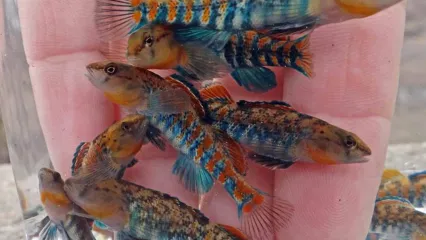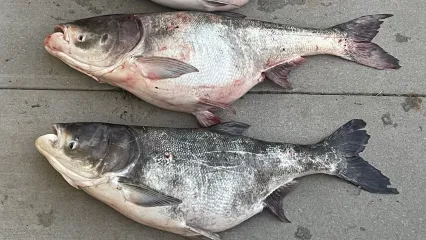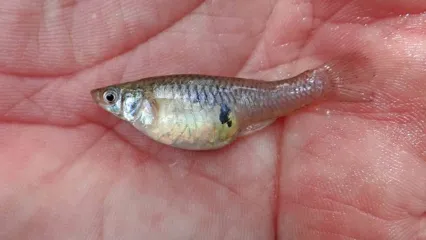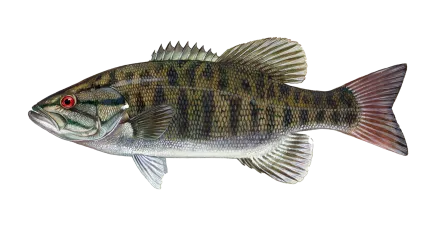
Description
Hidden among the rubble of eastern and south central Oklahoma streams lies perhaps one of the most common and most eye-catching of our small fishes, the orangethroat darter. With brilliant blue and orange bars, the 2.5-inch males flash as they “dart” under small rocks and deadfall. Males are more colorful than females and are most striking during the breeding season. This vibrant darter is similar to two other darters, the mud darter and creole darter. The orangethroat darter can be distinguished from the mud darter by having fewer scales on the cheek and fewer rays in the tail fin. It can be identified from the creole darter in having equally colorful “saddles” or bands along the sides. The creole darter has four darker blue bands near the tail.
Size
Maximum size about 2.5 inches.
Habitat
Found in eastern and south central Oklahoma streams.
Life Cycle
Like other darters, the orangethroat feeds mostly on insect larvae and fish eggs. They seem especially fond of caddisfly larvae. In Oklahoma, orangethroat darter breeding season can last from February to May, depending on stream location.



